Eating more venison could save saplings and boost carbon capture
The UK government has committed huge sums of money to planting trees for carbon capture. But these efforts are being undermined by the country’s rapidly expanding deer population, writes Len Williams
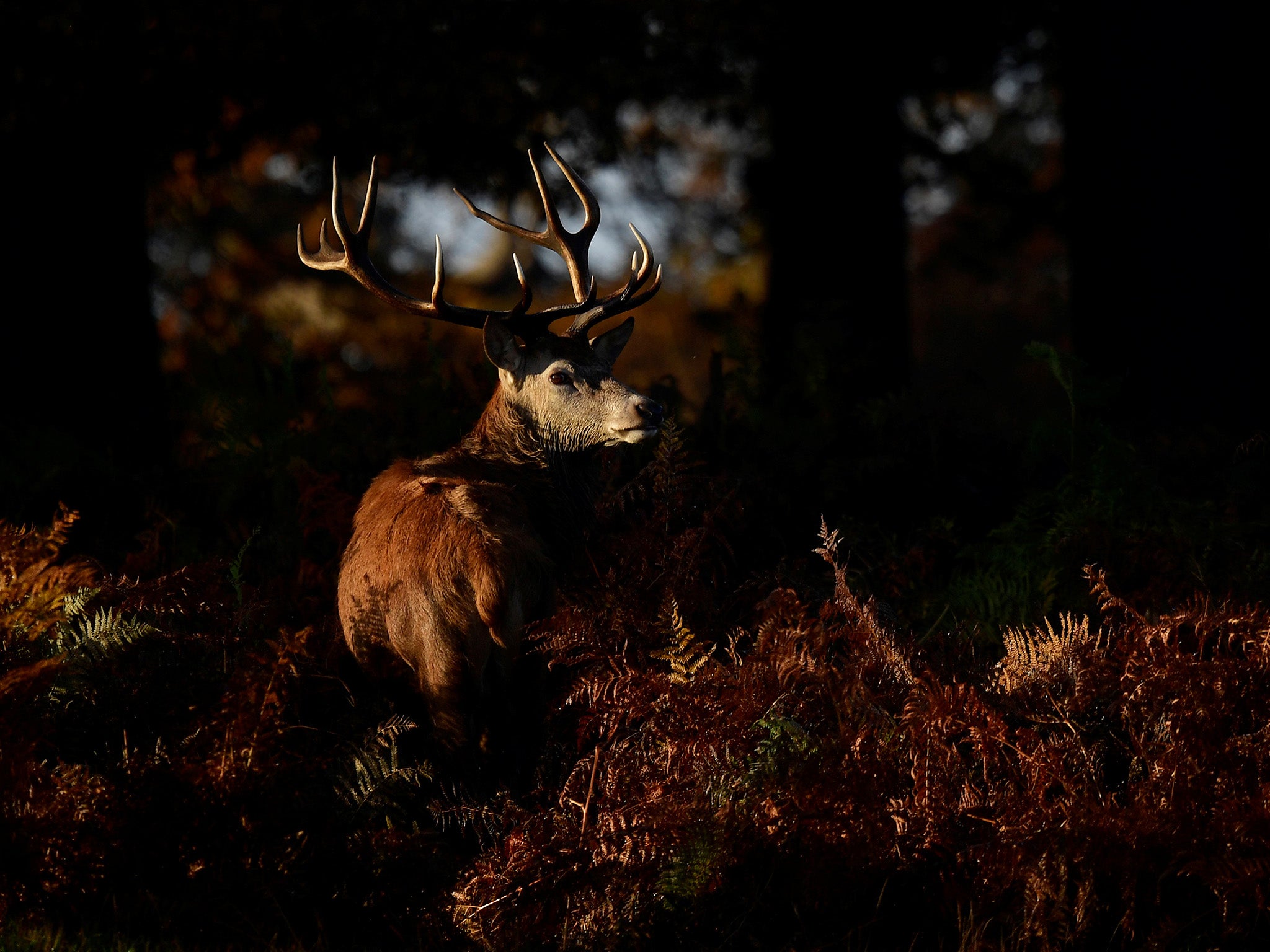
I come to a stop on a gloomy forest path. A few paces ahead of me, the deerstalker has taken out his thermal sensor and is scanning the forest. Nothing yet. He puts it away and pads silently forward over debris of leaves and twigs. After 20 steps or so, we stop again. I’m acutely aware of my own breathing, the leaves that rustle beneath my feet, bird calls and the creaking of tree branches in the breeze.
Martin Edwards, the deerstalker who has taken me out on this expedition on land in Hampshire, has told me that deer have good eyesight, a sense of smell almost as good as a dog’s, and excellent hearing. Fortunately, the cold breeze on this November evening is coming towards us, so if deer are near, they shouldn’t smell us approaching.
Later, we stand in the corner of a field, looking down at a copse about 250 metres below. Edwards, who is the head of deer management at the British Association for Shooting and Conservation (Basc), tells me he believes there’s a group of four roe deer living in the thicket. If one does emerge, he plans to creep down into the field to get closer; he prefers to be within 200 metres when taking a shot. As someone who’s never seen an animal hunted before, I’m a little surprised to discover I’m excited, secretly willing a deer to emerge for an evening feed at the wood’s edge.
I’m watching this scene unfold because culling deer appears to be the best method we have for managing Britain’s booming ungulate population. It’s almost impossible to know how many deer are currently living on the island, but estimates put it at about two million (although some people believe this is an underestimate). That is four times the number that lived here in 2000.
But why is this an issue? Earlier in the afternoon, Edwards showed me various sites where deer had been nibbling on trees and bushes. In one thicket, there was a very clear line below which no leaves were visible, having all been eaten.
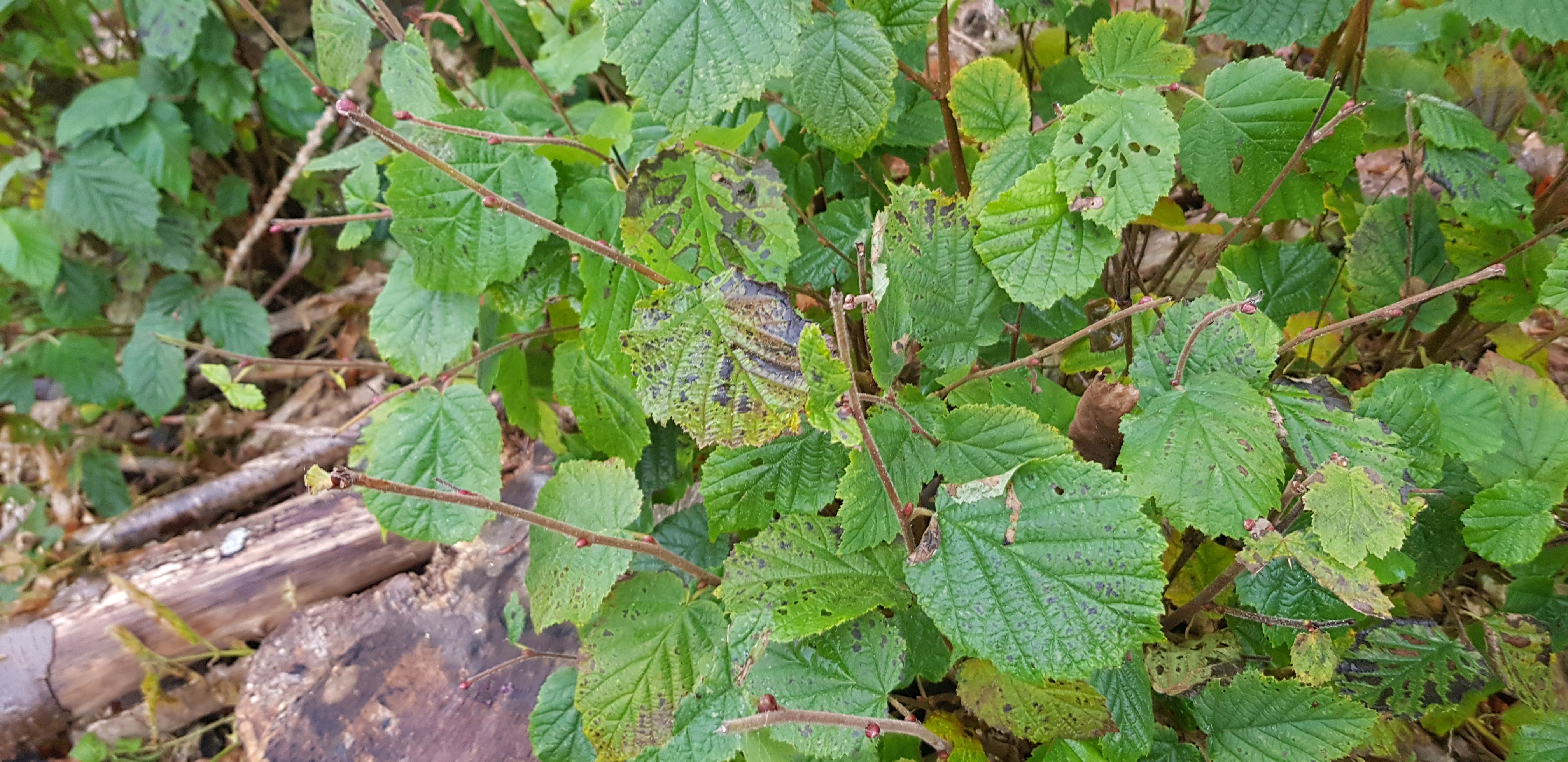
The problem is that deer eat saplings and many other plants around them at a tremendous rate – both in existing woodlands as well as in manmade forests. While the roe deer on the site I visited live in small groups, fallow deer (which were probably introduced by the Normans) can live in herds of hundreds. If unmanaged, the deer can clear the understorey (vegetation below a woodland canopy), stripping out new trees before they have a chance to grow, leaving forest floors void of life. And this is costing the taxpayer a lot of money.
A more controversial method would be to reintroduce deer’s natural predators. In Britain, these would historically have included wolves, lynx and bear
The UK government has committed to planting trees to capture carbon dioxide and help tackle climate change. In May 2021, the government announced £500 million to expand tree cover in England over three years as part of its Nature Climate Fund. There have been many commitments to planting new trees and increasing woodland cover across Britain. But if deer are eating those saplings before they have a chance to grow, the entire effort risks being undermined.
There are six species of deer in the UK. Red and roe are native, while fallow have lived here for around 1,000 years. Over the past 150 years or so, Chinese water deer, muntjac and sika have also been introduced. Besides nibbling on tree buds, they’re also accused of crop damage and causing car crashes; an estimated 75,000 accidents involve deer annually. Their population rise is also being helped thanks to climate change, which means milder winters, Brexit, which has hampered venison exports, and Covid-19, which closed restaurants.
Deer solutions
The deer is an iconic and beautiful animal, and much loved in Britain. So is there no other way to manage them besides shooting? Charles Smith-Jones of the British Deer Society describes the different options available. One possibility is contraception; deerstalkers would need to be employed to dart females to prevent them from reproducing. It’s tricky however, since you have to get within 30 metres to deliver the jab and keep repeating the job annually. There’s also the problem of putting chemicals into the food chain, and contraceptives also affect antler growth.
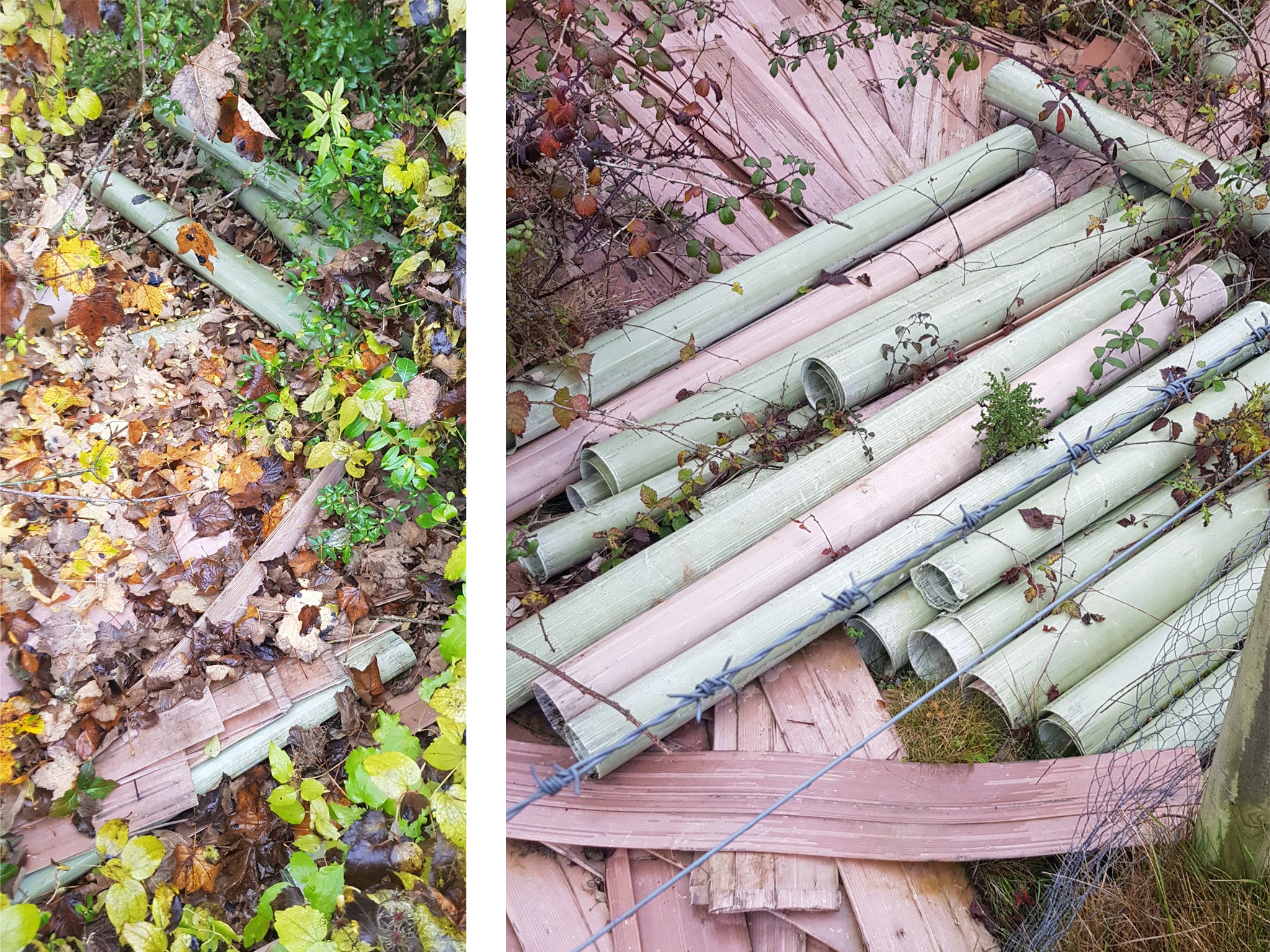
If the goal is plant protection, Smith-Jones says there are two options. First is to use plastic tubing to protect saplings from being nibbled. This works well on plantations, but you then have a problem of plastic sheeting on forest floors. While visiting the site where Edwards works in Hampshire, he pointed out a pile of plastic sheathes near a plantation from the 1980s; the stuff had been there for 30-odd years.
Another option is to use fencing to protect trees. But, says Smith-Jones, this only displaces the deer and means they go feed somewhere else. Fencing is also prohibitively expensive – one person I spoke to said it can cost up to £20 per metre. And it’s questionable if fencing even keeps deer out of forests. Dr Becks Spake, an ecologist at the University of Southampton, says: “I’ve seen full-grown deer, with antlers, push their way through the gaps in fencing designed to keep them out.”
A more controversial method would be to reintroduce deer’s natural predators. In Britain, these would historically have included wolves, lynx and bear, all of which have been driven to extinction by humans.
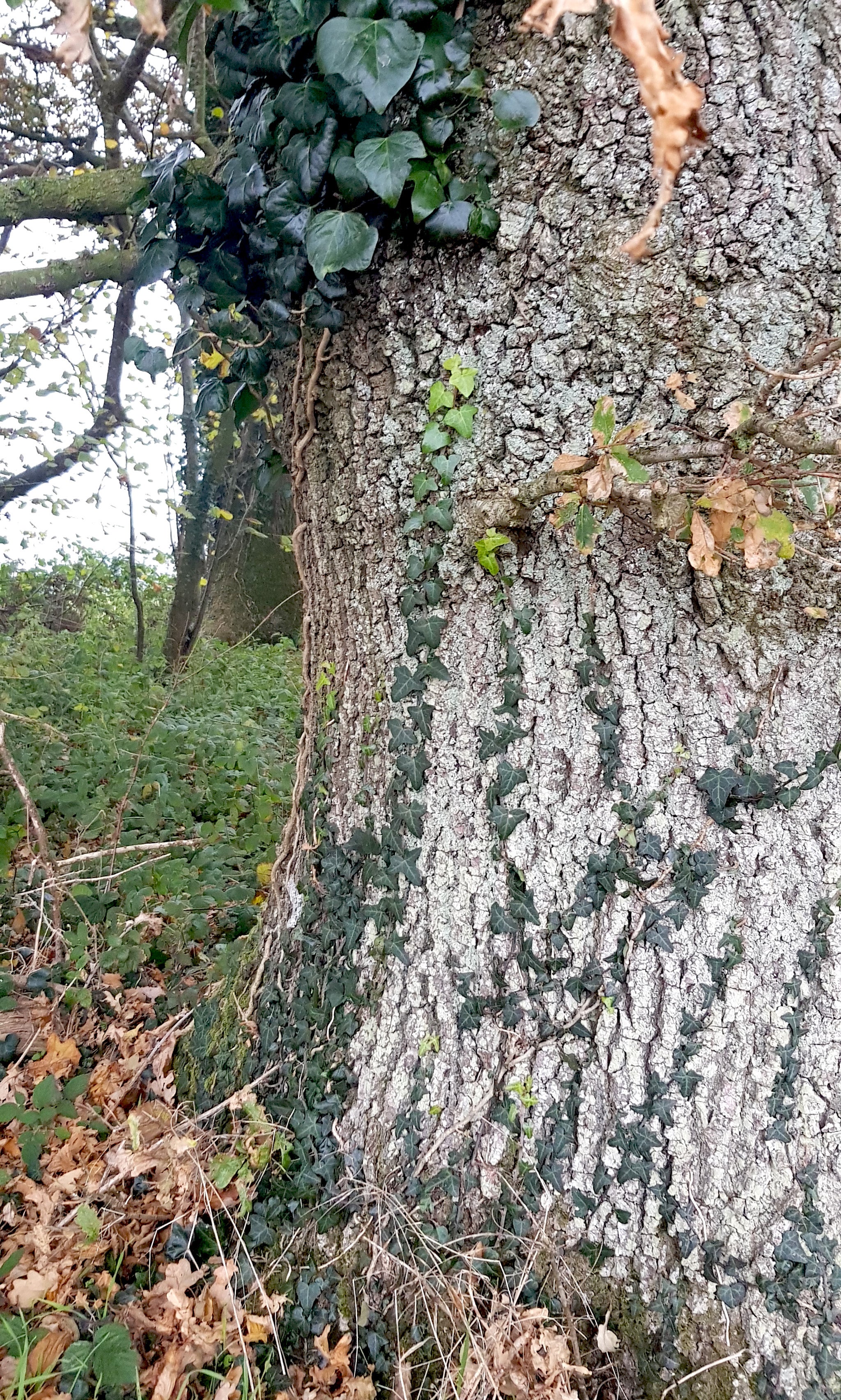
For Smith-Jones, “wolves, lynx and bear are no longer there for a good reason; they disappeared because they were competing with man. There have been no lynxes here since Alfred the Great was on the throne, when the human population was about four million”. As a small island with a lot of people living on it, he says there’s a huge potential for clashes with these animals. “If I were a wolf I’d look at a big strong red deer, then I’d look at a sheep in a field, and I know which I’d go for.”
That being said, the charity Wildlife Trusts says: “We would like to see greater ambition to reintroduce the lynx in appropriate locations where they can have a beneficial effect on woodland diversity and resilience.” The charity adds: “The reintroduction of iconic and charismatic species such as pine marten and lynx will also deliver benefits to local ecotourism, restore key ecosystem services, and help to deliver on the government’s biodiversity targets.” It seems unlikely, however, that they’d be capable of bringing the deer population under control singlehandedly.
Dr Spake believes we could go some way to balancing our tree-growing targets and deer population by learning more about how deer behave in a local context. Her research has shown that there are many factors which influence where and how deer browse and that they do not simply eat everything in sight in a uniform manner. For instance, the presence of nearby roads, climate or the type of tree growing locally will affect where they eat. By knowing how deer are likely to behave in a specific place, foresters can target their planting so it’s less likely to be disrupted. Spake and her colleagues have built a Deer Damage Tool that helps foresters predict how likely deer would be to damage new forest across Britain (Northern Ireland is not included).
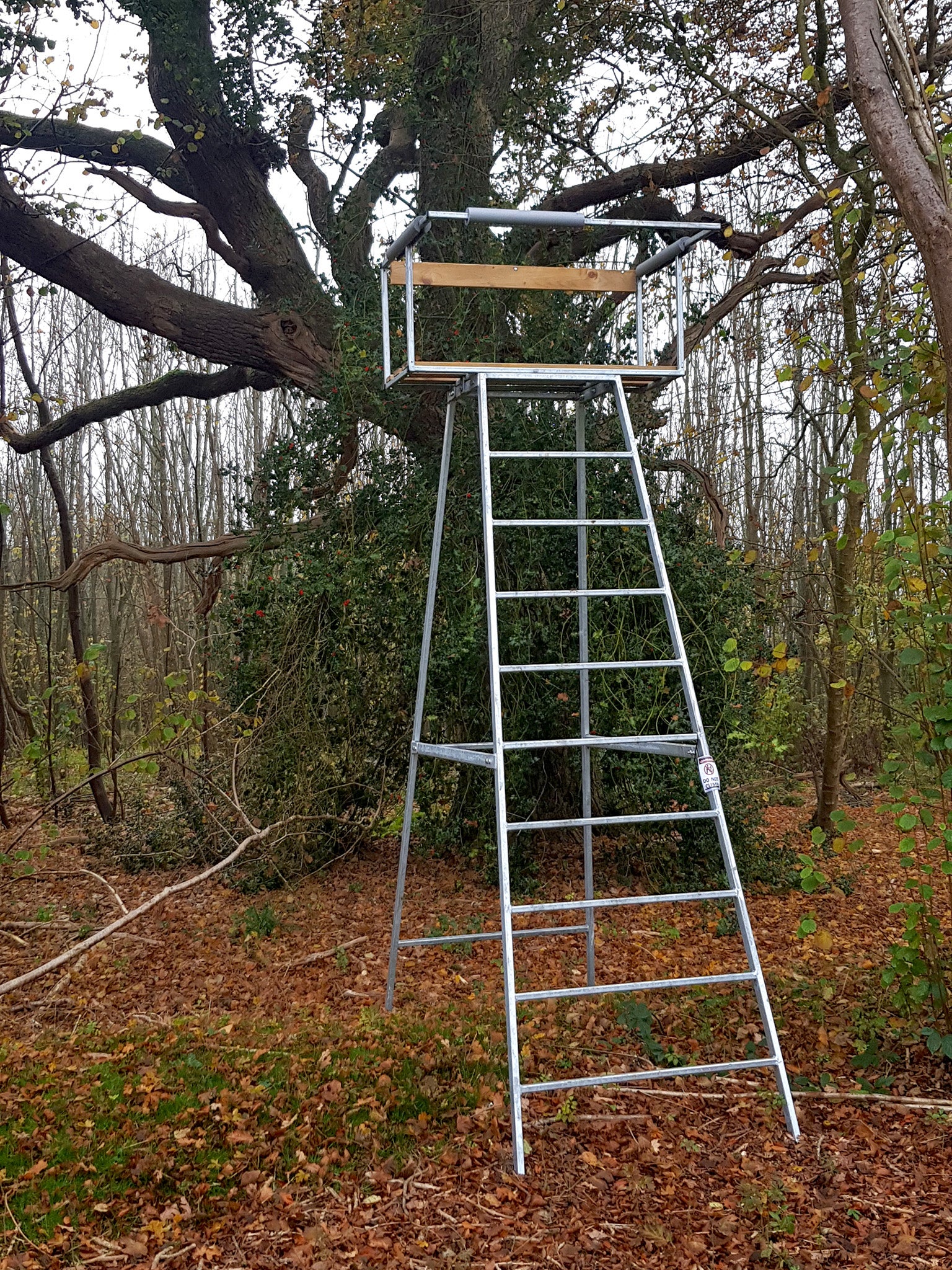
The cull
While there’s no doubt that a variety of management methods is helpful, no one I spoke to for this article really disputed that culling is the most effective tool we have. Deerstalkers, perhaps unsurprisingly, stress the humane nature of the work. There seems to be little sense of macho “trophy killing” among deerstalkers. Rather, it’s seen as a form of conservation and there appears to be a strong sense of respect for the animals.
There are roughly 50,000 deerstalkers in Britain, and the process of applying for a rifle to hunt the animals is highly regulated. Most deerstalkers will have completed relevant training and passed exams. They must also comply with strict rules about when they kill the creatures. Malcolm Harman, another deerstalker, explains that the animals can only be shot one hour before sunrise or an hour after sunset. There are seasons for stalking deer which vary by sex and species. The females (does or hinds as female red deer are known) can only be shot between late autumn and early spring, while bucks (or stags) are mainly shot in late summer. “We’re not trophy hunters, we’re deer managers,” Harman says.
It’s the most humane meat in Britain. The animal has had the most natural life, a respectful and quick end, and there’s no waste; we use every single scrap of it
Harman adds that, as far as possible, deerstalkers do the job that apex predators would have previously done. In some large Scottish estates, full-time deerstalkers are employed to kill the old, the weak and the young, just as wolves, lynx or bear would have done before humans arrived. However, while deerstalkers are trying to manage this population, it can seem like they’re swimming against the current. There’s a shortage of deerstalkers and Edwards notes that the average age of the organisation’s membership is 56. And while many stalkers have a license, most only do it recreationally and lack land they can freely hunt on.
A lack of a national policy on deer management, at least in England and Wales, is also a problem. While the Scottish government can force landowners who aren’t managing their deer to bring them under control, no such rules exist in England and Wales. That means that even if one landowner manages deer on their land, and their neighbour doesn’t, the problem will keep coming back.

A superfood?
When I got home from my afternoon of stalking deer, I opened the fridge and got out a burger which I fried up and enjoyed in a bun. But this was no normal beef burger. Rather, it was a venison burger, which I’d received by post courtesy of Deer Box, a venison delivery company.
Mike Robinson, a restaurateur and the company’s founder, enthuses about “the world’s best meat”. There’s no doubt the steaks, mince and sausages Deer Box provides are tasty, and they represent what Robinson hopes will be resurgence in interest in eating the stuff. Robinson reckons venison is a “superfood”. As a red meat, it has no cholesterol, offers pure protein, antioxidants and plenty of iron. Besides its taste and health benefits, he sees it as a far superior food to farmed animal protein. “It’s the most humane meat in Britain. The animal has had the most natural life, a respectful and quick end and there’s no waste; we use every single scrap of it”.

Robinson used to serve venison at his restaurants before the pandemic, but when it forced his business to close its doors, he struck on the idea of posting the meat to customers who were interested in the idea of wild meat.
He’s not the only one pushing for more venison in British diets. Nigel Foster of Forestry England (a government body that manages public forests) says the organisation has recently managed to get venison into hospital canteens, as part of a campaign to increase the amount of venison in the food chain. Forestry England has also moved away from using lead ammunition when shooting deer. The reason being that it can be toxic and makes it harder for game dealers to sell to supermarkets.
The hope is that with more people eating the food, more deerstalkers will be incentivised to hunt the animals. That could in turn mean fewer deer which would ensure forests could grow more easily.
Back in the field in Hampshire, the light is fading and it looks less and less likely that we will be bagging a deer tonight. “Once it gets too dark, it becomes a lot harder to tell the sex,” says Edwards, and it is illegal to shoot roe bucks over the winter months.
We get ready to leave but as we start to head back Edwards takes one last scan of the landscape with his night vision scope. “Oh, now I see one.” I get a rush of excitement as he hands me the heat-sensing monocular; a few hundred metres away I can make out the outline of a deer feeding in a nearby field. “Unfortunately, that land doesn’t belong to the landowner here,” Edwards says, so we aren’t able to get any closer.
With Edwards keeping the population under control, there are of course fewer opportunities to shoot the deer. While that might be disappointing for visiting journalists, it’s positive for young, carbon-capturing trees that will soak up emissions for decades to come.




Join our commenting forum
Join thought-provoking conversations, follow other Independent readers and see their replies
Comments